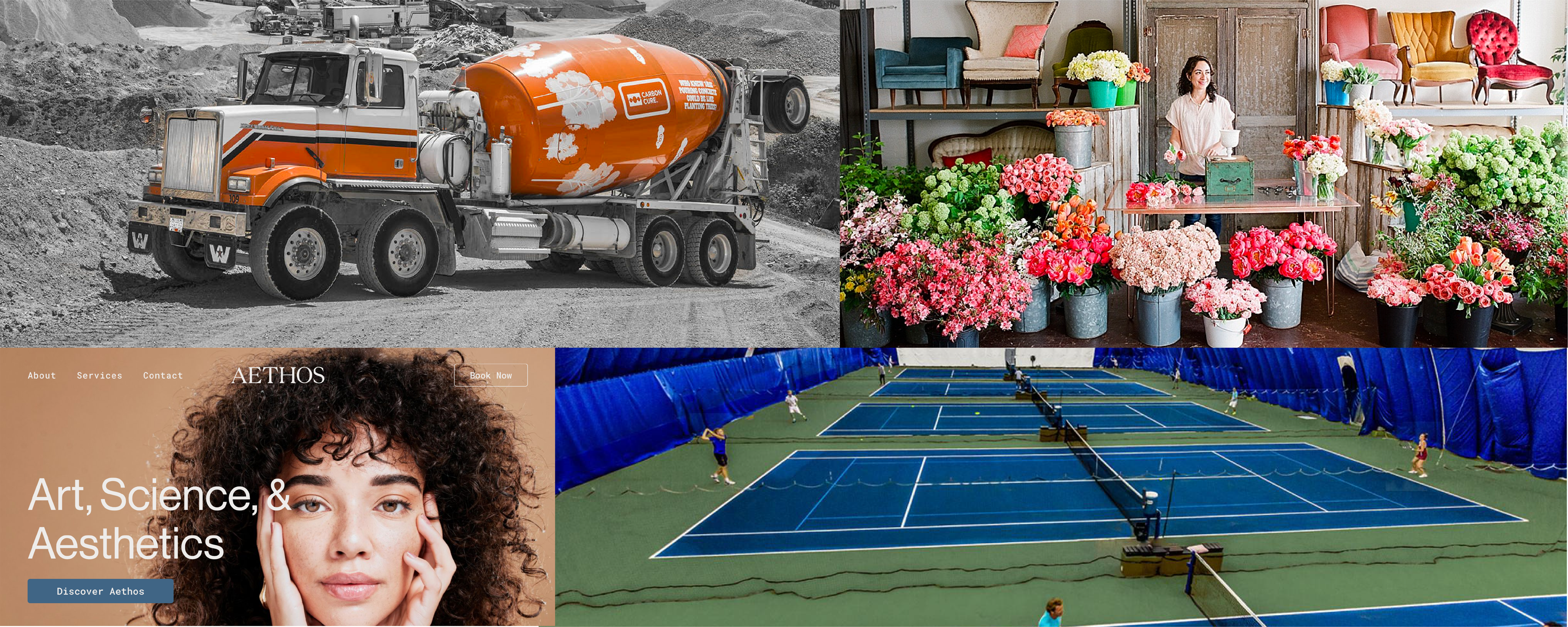Improving Design Through Communication
For designers in agencies, good communication is a necessity, not a luxury.
By Dave Gilliland
Agency (noun) – An establishment engaged in doing business for another.
As designers in creative agencies, we are in the business of serving clients. You come to us with problems or objectives; we return to you with ideas and designs. Whether clients are drawn to us for our creativity or our expertise – that rare ability to cultivate unique concepts on your behalf or take your ideas and bring them to life – we are necessary facilitators between business ideas and business success. The fact that our work is on your behalf inherently means that we must be as good at communicating as we are at design. We must be able to divine your goals, circumstances, and preferences. Then comes the hard part: conveying the results to you and your audience.
To be the effective communicators that our role requires, we must create honest, open, and trusting relationships.
The first step in this process is ensuring that we are all on the same team. Though it may seem counterintuitive at first, there are times when agencies and clients can work together on the same project without actually being teammates – many agencies even have business models built on such a structure. To be fully on the same team, we must have the same end goal. When you enlist our services, you’re looking to further your own organization, not ours. You’re not focused on winning our agency awards. We understand this and adapt our goals to align with yours since we’re working for you, and not the other way around. Now, hopefully, we may grow our agency and win awards in the process, but those must be byproducts of having achieved your goals.
We must also meet with you and understand who you are as a person. Our relationship is a professional one, yes, but as a business relationship reliant on communication and interaction, it requires more candor than other professional situations. There is perhaps no better way for us to deliver quality design work than for us to know you, for you to know us, and for our teams to work comfortably together. If nothing else, our meeting each other will build mutual respect – a crucial aspect of good communication.
Aligning our goals with those of our clients and understanding each other as people are two broad, guiding principles for agencies. Once we begin a project, however, good communication is far less conceptual and far more specific. Good communication during a project requires a clearly delineated process, mutually agreed upon deliverables, and consistent agency-client interaction through an account management staff.
Communication is best done early and often. Right from kickoff, designers and clients must be set on the same page and unified in our expectations. This is where a strictly codified outline of process and timeline becomes crucial – by ensuring that everyone understands as completely as possible what the project will entail, we have a first line of defense against miscommunication and the tension it can breed.
Sometimes, however, things don’t go according to plan. Other times, the plan changes. Such occurrences are not always bad, but they do highlight the necessity of capable account managers. These are the professional communicators that keep our designers in tune with client needs, and our clients in tune with our progress. By facilitating open communication, they can maintain crucial transparency among parties, and as long as we have followed the guidelines listed above, there is no message they can’t positively relay. Say, hypothetically, we are creating logos for your new brand, but our first round of designs doesn’t quite hit the nail on the head. If you respect us and trust that we did our best to achieve your goals, you won’t have trouble telling us we missed the mark and guiding our next attempt. There’s a reason logo creation is an iterative process, and odds are good we’ll have more luck with our next round. Account managers are the ones who ensure such feedback stays flowing constructively to our desks.
Point blank, good communication is a skill we must have. Though easier said than done, if we follow the guides outlined here we give ourselves the best possible shot at creating and maintaining the positive relationships that facilitate high-quality, timely design work.




